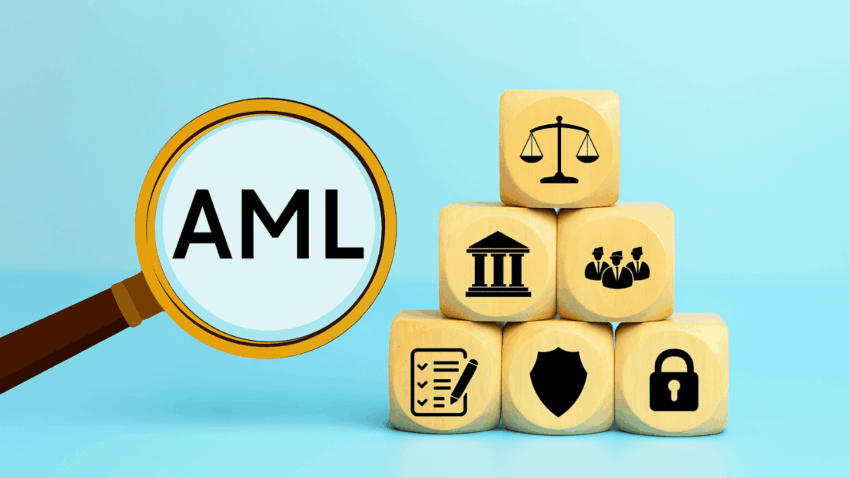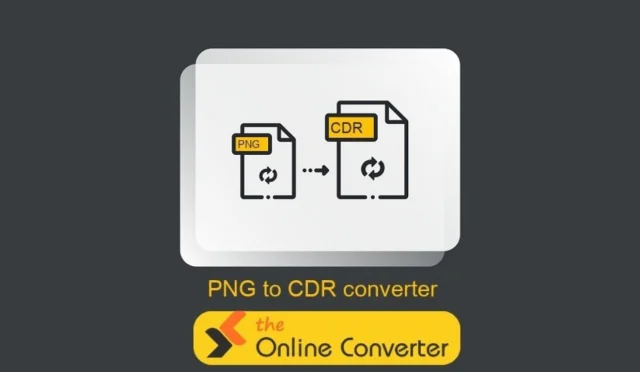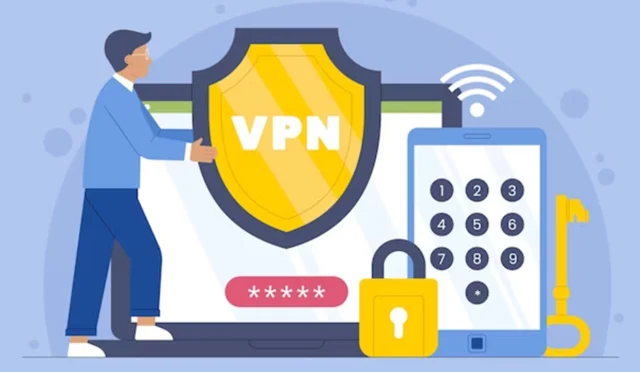Watchlist screening is an important step in assisting financial institutions to identify and thwart an attempt at money laundering in the course of the global struggle with financial crime. With an increased level of regulatory attention and criminals using more advanced techniques, institutions need to make sure their compliance systems are tight. AML watchlist screening is one of the most efficient measures that an organization can use and it provides the organization with a way of identifying individuals and entities that may present a financial and/or reputation risk.
What is Watchlist Screening?
Watchlist screening is a control activity that performs a comparison of customer data with databases of individuals or organizations that have been identified or are suspected to be involved or connected with illegal acts like money laundering, terrorism financing, fraud or corruption. Such databases are domestic and international sanctions lists and politically exposed persons (PEPs) lists and other regulatory or law enforcement watchlists.
Watchlist screening enables financial institutions and other providers of financial services to detect high‑risk parties in the course of onboarding, review of their accounts, or monitoring of transactions. When this has been done well, the institution is not only ensured of compliance with regulations but is saved of becoming an unwitting accomplice to criminal activities.
The AML Watchlist Screening in Prevention of Financial Crime
The watchlist screening of AML ensures that the institutions fulfill their anti‑money laundering requirements as stipulated by both national and international legislations. In case the identity of a customer is associated with a name on a watchlist, the system alerts. The match should then be reviewed by the compliance teams who should conclude on whether the match is a true or a false positive and act accordingly.
This is done to avoid the criminals laundering their illegal money through legal financial systems. As it goes, watchlist screening serves as a sort of early‑warning system, in that it identifies risks as soon as they become noticeable, precluding the development of legal liability or reputational harm.
Continuous Compliance: Watchlist Monitoring
Although preliminary screenings during the onboarding process of customers are essential, the watchlist monitoring should not be a one‑time procedure. The watchlists are regularly checked with new threats and sanctions. It is hence not sufficient to use static checks. To ensure compliance, financial institutions should constantly update their customer databases and compare them with new lists.
As an example, when a customer who was not flagged before appears on a global watchlist because of his engagement in criminal or political activity, continuous watchlist monitoring will raise an alarm in the institution immediately. This enables them to freeze the activity, make suspicious activity reports (SARs), and make additional legal actions when necessary.
Global Watchlist Leaks: Reasons Why Financial Institutions Have to Be Vigilant
Among the most significant issues that have occurred in the past years is world watchlist leaks which revealed how certain people had managed to evade checks because of systems that were not updated and maintained. These leaks also showed significant flaws in the way some banks and organizations were using their watchlist screening procedures, and indicated that more comprehensive and technology‑based mechanisms are required.
As an example, where the institutions did not identify the sanctioned individuals, failures were usually attributable to incomplete or inconsistent name‑matching algorithms, inadequate due diligence or failure to monitor in real‑time. Not only do these failures lead to regulatory fines but they can also have a severe impact on the trust of the population.
The Watchlist Screening Process: Its Mechanism
Watchlist screening process usually includes the following steps:
- Data Collection: The data that will be collected about the customers will include full name, date of birth, nationality and identification numbers.
- List Matching: The data that the customer presents is matched with numerous databases, such as of AC, EU, UN sanctions list, and PEP lists.
- Hit Analysis: In case a possible match is discovered, an alert will be created.
- False Positive Reduction: Manual review and advanced algorithms assist in the eradication of false positives.
- Case Management: True positives are sent up for investigations, and wherever necessary, account freezing or SAR filing is performed.
- Continuous Screening: Updated watchlists will be used to constantly screen the customer data in order to maintain compliance.
Watchlist Screening issues
Although watchlist screening is one of the most basic compliance tools, it is not without its difficulties:
- False Positives: Screening mechanisms can produce a lot of false alarms that are too many to효 pursued by compliance teams.
- Data Quality: Data on customers that is either inappropriate or outdated may lead to a loss in matching or erroneous flags.
- List Management: It is difficult to manage and combine various lists across the world especially when the lists are often updated and some are in various formats.
- Cross‑border Regulations: The financial institutions that are in more than two jurisdictions face different AML regulations, thus making the watchlist screening process difficult.
Best Practices of Watchlist Screening
Financial institutions are advised to do the following in order to overcome these challenges and maximize the efficiency of the AML watchlist screening:
- Apply sophisticated screening program with fuzzy matching and artificial intelligence.
- They periodically update their watchlist databases with all the applicable global watchlists.
- Educate compliance employees to know how to read the alerts and perform proper risk assessments.
- Make watchlist screening part of the larger AML and customer due diligence (CDD) system.
- Automate the watchlist and monitor to provide up to the minute alerts and minimize mistakes.
Conclusion
With a world that is becoming more and more financially interconnected, watchlist screening has become a necessity to financial institutions that want to fight money laundering and remain compliant. With strong AML watchlist screening and active watchlist monitoring, organizations can actively detect the risks and can promptly react to the threats thus protecting their operation against criminal abuse. With financial crimes in the world continuing to get more complicated, it is the institutions that are willing to invest in advanced screening mechanisms that will best be placed to ensure that they retain trust, avoid sanctions, and save the integrity of the financial system.







